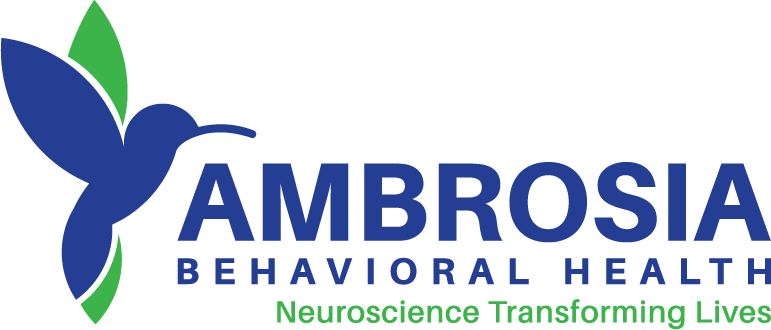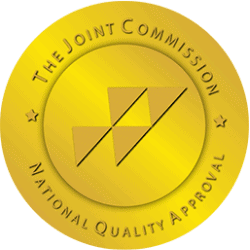Morphine Drug Rehab Detox Treatment
Picture a perfectly round, bright red, poppy flower. Give it to your mom on mother’s day, and it might get you a hug in return. Pop it in the lapel of your jacket, and you could get a compliment from coworkers.
But that poppy can do so much more.
Harvest the sap of that flower, and you have the main ingredient needed for morphine.
We’ve used morphine for decades to treat pain. If only we knew of the price we pay — and the pain we cause — when that use blossoms into addiction.
What Is Morphine?
Morphine is a painkiller, and it’s the granddaddy of its class. Almost every other opioid analgesic is structurally similar to morphine, and some newer drugs are created by manipulating morphine molecules. Since morphine has been in use for so long, we know quite a bit about how it works and what it can do.
Morphine is typically used to ease pain you’d describe as moderate to severe. Its real danger comes in how it’s produced and sold.
As the U.S. National Library of Medicine points out, morphine can be sold in extended-release tablets. People with severe pain find them useful, as they deliver control all day long.
But people with addictions can crush them, sniff them, or inject them to get all the power at once. An addiction is sure to follow.
Brand names of morphine include:
- Kadian
- MorphaBond
- Oramorph
- Roxanol
- Avinza
Someone who abuses the drug and wants to hide that fact might call it monkey, hillbilly heroin, or murder 8.
What Does Abuse Look Like?
Imagine that you’ve developed an addiction to morphine. Would you want everyone to know about it? Probably not. In fact, you’d probably do almost anything to ensure that the people you love never know you’re struggling with drugs.
But morphine is powerful, and it causes physical changes with each dose. Someone high on morphine can:
- Throw up.
- Experience constipation.
- Fall asleep (also known as being “on the nod”).
- Have tiny, constricted pupils.
People addicted to morphine can also develop new habits, such as:
- Worrying about money. Doctors don’t hand out morphine easily. People who want the drug must pay for it, and that means they need reliable cash flow. The person you love may steal from you, drain bank accounts, or sell possessions to get more funds for drugs.
- Demanding privacy. The person needs time to buy drugs and prepare them. This work is typically done in isolation, and that means your loved one might need more time alone.
- Missing work. A cycle of getting high and recovering is time-consuming, and it leaves few hours open for work or school. Those conventional tasks can also seem really uninteresting to someone who wants to get high.
- Avoiding contact. As addictions deepen, drug use becomes central to the person’s life. All other activities seem unimportant when compared to getting high. Skipping family gatherings, walking out on group dinners, and bailing on lunch dates might be common.
Morphine is powerful, and it’s not unusual for users to take too much. According to the Centers for Disease Control and Prevention, more than 28,000 deaths in 2017 could be attributed to opioids like morphine.
Someone abusing morphine could overdose at home, and quick treatment could bring them back from the edge. Drugs like naloxone render morphine inactive, and sobriety soon returns.
But that medication doesn’t touch the cause of addiction. Anyone who overdoses, even once, could be dealing with a morphine addiction.
How Is Morphine Addiction Treated?
People with morphine addictions can get better. You can be the help your loved one needs to get the process started.
Begin with conversation. Talk about:
- What you’ve seen. What symptoms have you noticed? Be specific about times and dates.
- How you feel. What do you think about when you see those signs? Are you worried or angry or sad?
- What you want to happen. Talk about the importance of treatment and why you think it’s a reasonable next step.
- How you will help. People can’t get better in isolation. How do you plan to assist the person with sobriety?
The goal of these conversations involves treatment. You want to encourage the person you love to enroll in a program that can result in real healing. That program will probably include:
- Medication management. Morphine changes brain chemistry. Medications can fool your brain into believing it has access to the drug. You won’t feel sick or uneasy with medications. You’ll just feel normal.
- Therapy. A counselor or mental health professional can illuminate the cause of the addiction, and that person can help to craft strategies to head off the next relapse.
- Practice. Skills sharpen when they’re put to the test. Role playing with other people in recovery can provide that opportunity.
- Support. Group meetings connect people in recovery to one another. They share strategies, discuss coping skills, and offer recreational opportunities.
You can get this help in an inpatient facility, in which you move right in and work on the problem all day, every day. Or you can enroll in outpatient care and live at home while you recover.
Both sets of programs tend to last for several weeks. Then, you’ll move into aftercare maintenance programs to support your lasting recovery.
Every day, hundreds of people get help for addictions. They can and do get better. If someone you love is abusing morphine, it’s time to offer that help.






